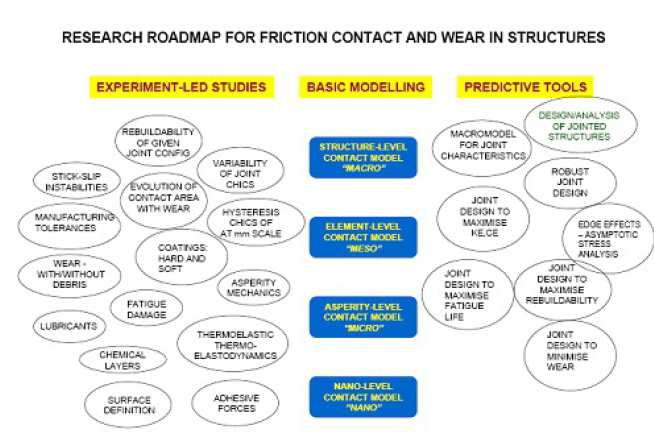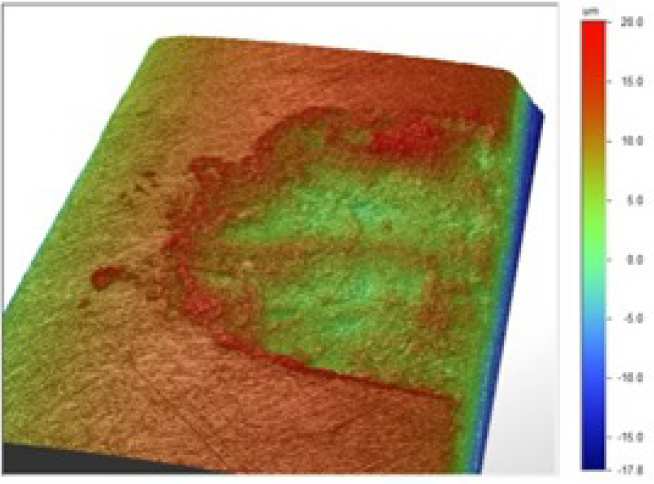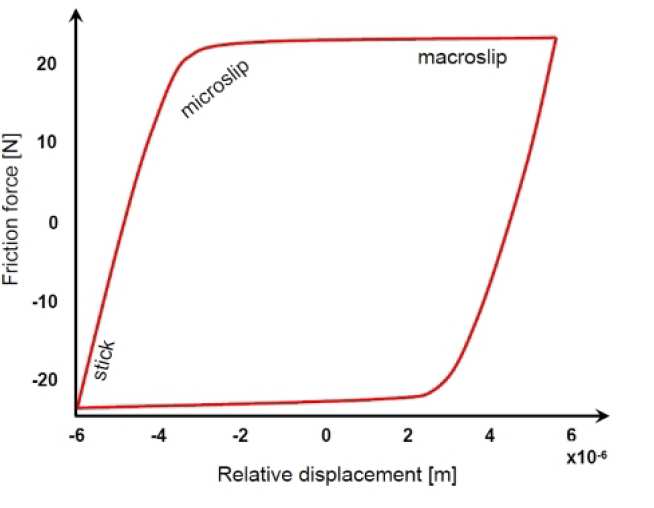Joint project
A Predictive Approach to Modelling Frictional Joint Performance
High-cycle fatigue caused by vibration at levels exceeding the material endurance limits is a major cause of failures in components in gas turbine engines and other critical structures. Gas-turbine bladed discs are among the most highly-stressed components in gas turbines, and are involved in more than 50% of all such failures.
Friction damping presents an effective and practically feasible mechanism that allows control of resonant vibration stress levels and, owing to the high versatility of friction, special devices called ‘friction dampers’, are widely used for damping dangerous resonances. In other cases friction needs to be reduced to avoid energy loss and wear, and the onset of fatigue cracks in highly stressed regions.
Predictive models and methods that have been developed at the Centre of Vibration Engineering provide capabilities for the analysis of gas-turbine structures with friction interfaces using large finite element models under realistic vibration excitation conditions. These predictive tools require input data related to fundamental characteristics of friction contact – such as the friction coefficient and the rough surface stiffness coefficients – and these can usually only be estimated by measurements for some specific conditions of the experiments.
This research project constitutes an important initial contribution to the grand challenge of developing the means to predict the fundamental characteristics of friction interfaces between structural components (see Fig.1 ). It is aimed at understanding the effects of surface topography, asperity-scale friction, and of elastic and plastic material properties on the overall frictional and damping performance of macroscopic contacts. The ultimate goal of the project is prediction of contact interface characteristics, such as contact stiffness due to surface roughness, friction coefficient and others, and their experimental validation.
This project is performed with the collaboration with the Tribology group at Imperial College and Oxford University.






